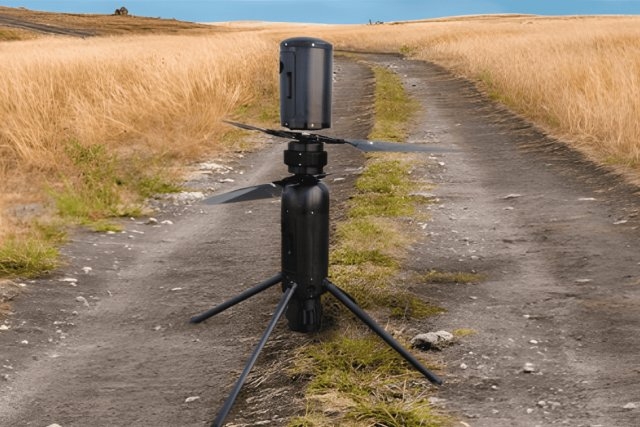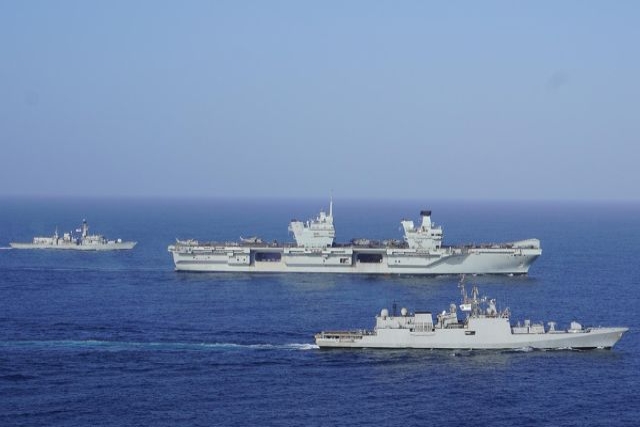USAF Finalizes KC-46 Tanker Design Review
The U.S. Air Force has formally signed off a critical design review (CDR) for its next generation KC-46 tanker.
“This build and test phase is another critical step toward meeting the KC-46 contractual Required Assets Available date — a milestone requiring 18 KC-46 aircraft and all necessary support to be on the ramp, ready to support warfighter needs by the August 2017 timeframe,” Maj. Gen. John Thompson, Air Force program executive officer for tankers, said in an Air Force statement. “To succeed will require the focused efforts from all members of the team.”
Based on Boeing’s 767-200ER commercial plane, the KC-46 program will produce 179 new planes to replace the aging KC-135 tanker fleet, with 18 tankers expected by 2017 and production ending in 2027.
“The KC-46A’s design is all about giving the warfighter an edge,” Maureen Dougherty, Boeing’s KC-46 program manager, said in a company statement. “The aircraft’s powerful, multi-role capabilities and high reliability will mean greater effectiveness and availability to meet more mission requirements.”
The program has hit a number of milestones this year, awarding a training contract in early May, choosing bases for the tankers later that month and beginning production on the first model in late June. Assembly of the second model aircraft began in August, putting the program on track to have four test aircraft assembled by the middle of next year.
Boeing recently announced that workers have begun assembly on the second of five test refueling booms for the program. The company plans on using the first boom for risk-reduction lab tests starting in 2014, while the second will be installed and evaluated on a test aircraft, according to Defense News.
The U.S. Air Force officials have identified the new tanker as one of its three key modernization priorities, alongside the F-35 Joint Strike Fighter and a new long-range bomber. The KC-46 program is the first part of a three-stage process that will eventually replace the entire US Air Force tanker fleet. USAF officials expect to begin work on the second step, known as the KC-Y, sometime next summer.









